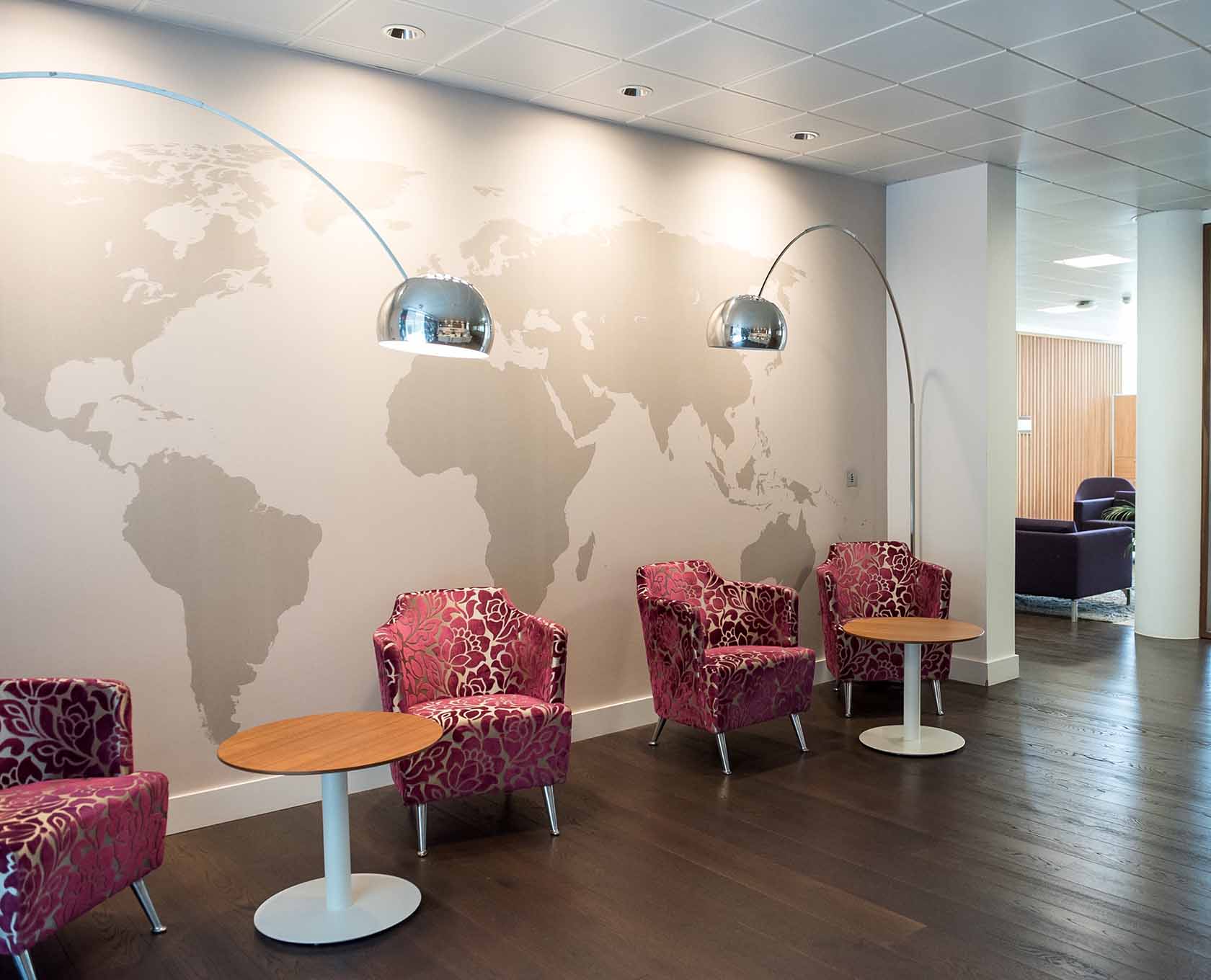Office lighting plays a vital role in creating a productive and comfortable work environment. Well-designed and optimized lighting can enhance concentration, reduce eye strain, and promote overall well-being. This article aims to provide practical tips and strategies to improve the effectiveness and efficiency of office lighting, helping businesses create an illuminating workspace that maximizes productivity.
- Understand the Lighting Needs: Different areas within an office require varying lighting levels and qualities. Consider the tasks performed in each area and determine the appropriate lighting requirements. For example, task-oriented areas such as workstations and meeting rooms benefit from brighter and focused lighting, while common areas like break rooms and corridors may require softer and more ambient lighting.
- Utilize Natural Light: Maximize the use of natural light by positioning workstations near windows or incorporating glass partitions. Natural light not only reduces reliance on artificial lighting but also offers numerous health benefits, including improved mood and increased energy levels. Consider installing adjustable blinds or curtains to control glare and optimize daylight penetration.
- Balance Ambient, Task, and Accent Lighting: A well-balanced lighting scheme combines ambient, task, and accent lighting. Ambient lighting provides overall illumination, task lighting focuses on specific work areas, and accent lighting highlights architectural features or decorative elements. By blending these lighting layers, you can create a visually appealing and functional workspace that meets various lighting needs.
- Opt for LED Lighting: LED lights are highly recommended for office environments due to their energy efficiency, longevity, and versatility. LED fixtures offer substantial energy savings, emit less heat, and have a longer lifespan compared to traditional lighting options. Additionally, they provide adjustable color temperatures, allowing you to create the desired ambiance and promote concentration.
- Implement Lighting Controls: Integrating lighting controls, such as occupancy sensors and dimmers, can significantly enhance energy efficiency. Occupancy sensors automatically turn off lights in unoccupied areas, reducing energy waste. Dimmers allow users to adjust lighting levels based on task requirements, personal preferences, or natural light availability. Implementing lighting controls not only reduces energy consumption but also prolongs the lifespan of light fixtures.
- Prioritize Ergonomics and Glare Control: Proper ergonomics and glare control are crucial for maintaining a comfortable and productive workspace. Ensure that light fixtures are positioned to minimize direct glare on computer screens and work surfaces. Consider using anti-glare screens or diffusers on light sources to diffuse harsh light and reduce eye strain.
- Regular Maintenance and Upgrades: Regular maintenance and timely upgrades are essential for preserving optimal lighting conditions. Replace burnt-out bulbs promptly, clean light fixtures to remove dust buildup, and periodically assess the lighting layout to identify areas that require improvements or updates. Outdated lighting systems can hinder productivity and energy efficiency.
Improving the effectiveness and efficiency of office lighting is vital for creating a conducive work environment that boosts productivity and employee well-being. By understanding lighting needs, harnessing natural light, balancing different lighting layers, opting for LED lighting, implementing controls, prioritizing ergonomics, and performing regular maintenance, businesses can illuminate their offices with an optimized lighting system that fosters productivity and satisfaction.

